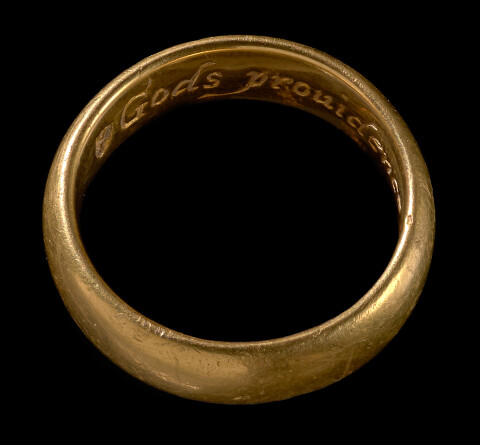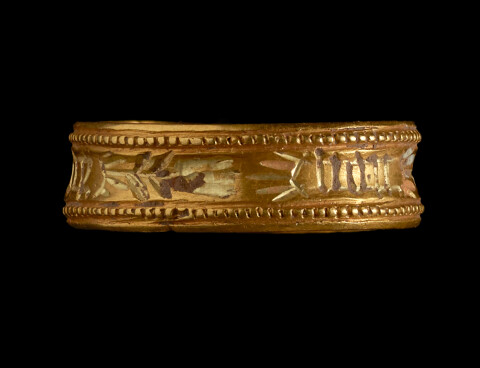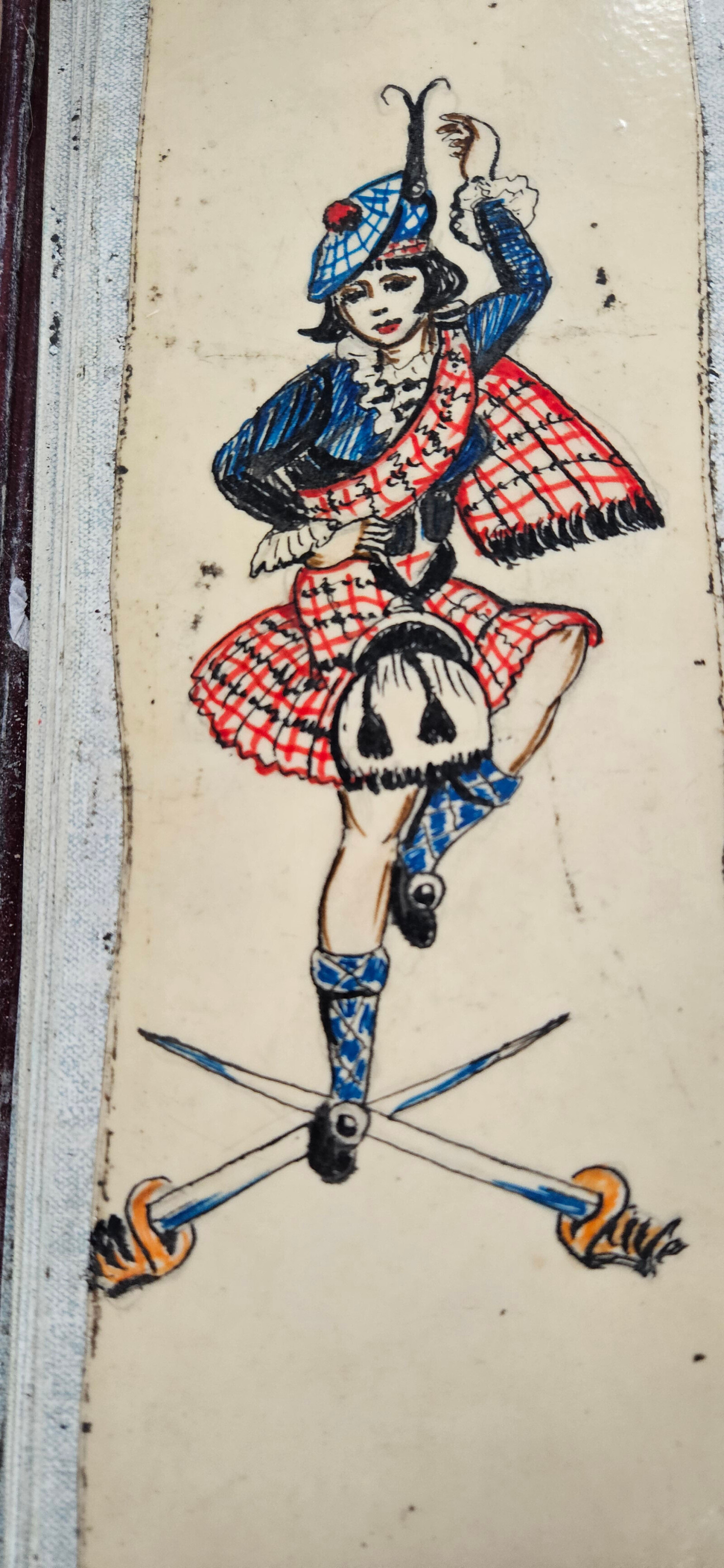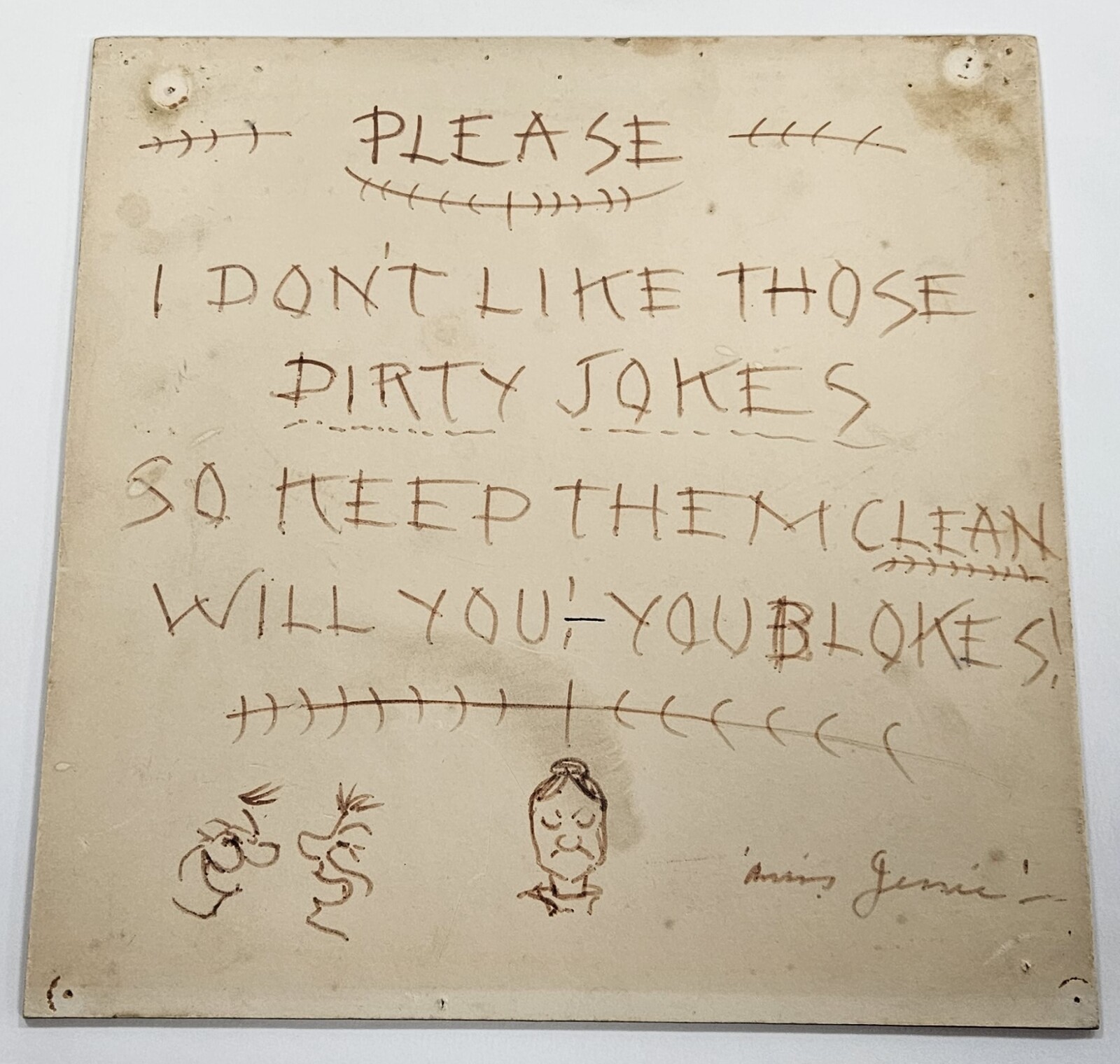A day in Archaeology - Prehistoric stone tools
, 1 May 2024
by Sam, Mark, Hannah and Caitlin Amguedfa Cymru-Museum Wales volunteers
We are four volunteers who answered the volunteering opportunity advert on the Amgueddfa Cymru – Museum Wales website, organised by Elizabeth Walker, Principal Curator at the Museum. The opportunity was to help sort through and catalogue a collection of prehistoric stone tools.
The tools are from the substantial collection made by Henry Stopes, a private collector, in the late 19th Century. There are estimated to be between 50,000 to 70,000 artefacts, with half a million years of history, mostly British, but the collection also contains some mysterious overseas objects.
Each Thursday, with Elizabeth, we spend three hours sorting through the boxes, numbering and categorising each item. It is exciting work and is often stopped when someone finds something so unusual, they want to share it with the group. Such as a Neolithic polished axe head, broken and then clearly recycled or even a Neolithic carved ball. Elizabeth will always help us identify and assist with interesting facts about the stone tools. As we work we also hold interesting discussions which have so far ranged from Beyonce to Boer War; Neanderthals to Korean horror films! Who knows what next weeks’ topics will be.
We, as volunteers, feel fortunate to have this opportunity to be involved in this hands-on museum work, to offer our time and to be part of the recording of the Henry Stopes collection which will help with future stone tool research. Not only is this opportunity an interesting way to see how the behind the scenes works at a museum, the knowledge gained is incredibly useful to our future careers in archaeology. The amount we have all learned from just 3 hours a week is much larger than we would have thought.
So far we have sorted, repackaged and documented 4,659 tools and entered 2,265 new entries into the collection database.










